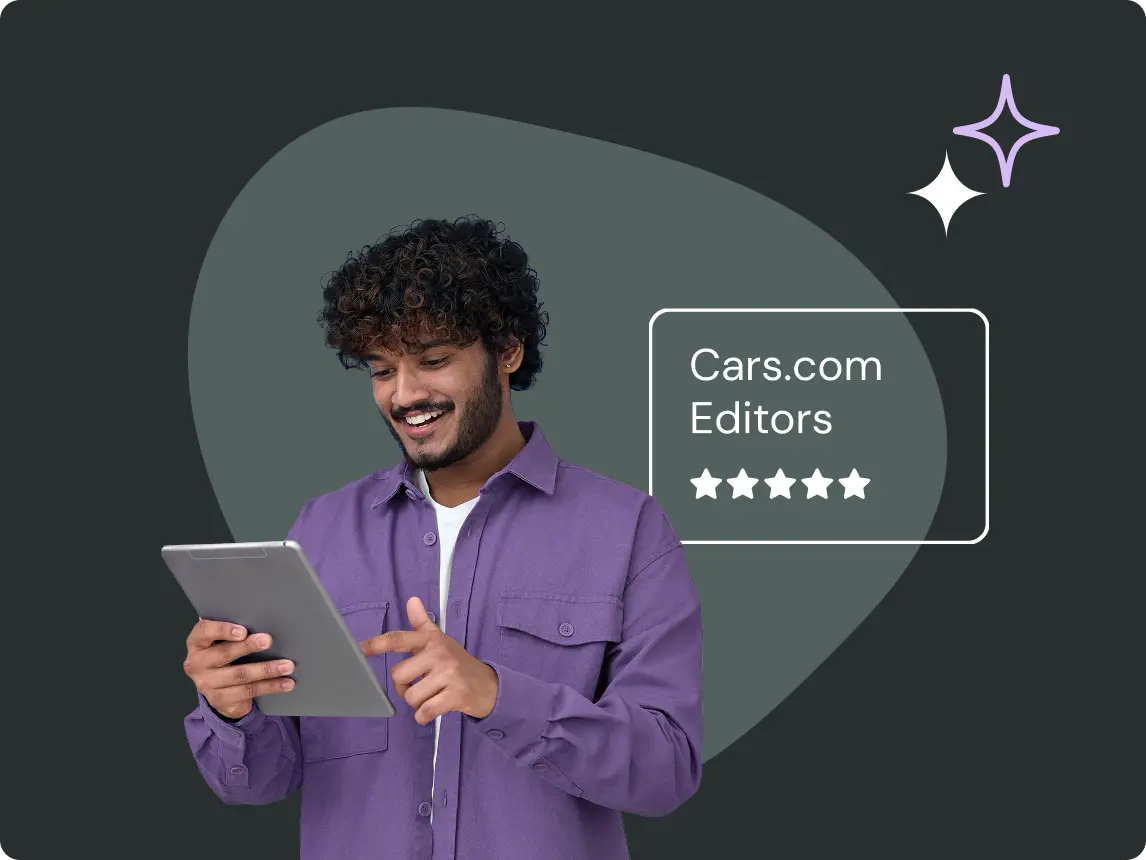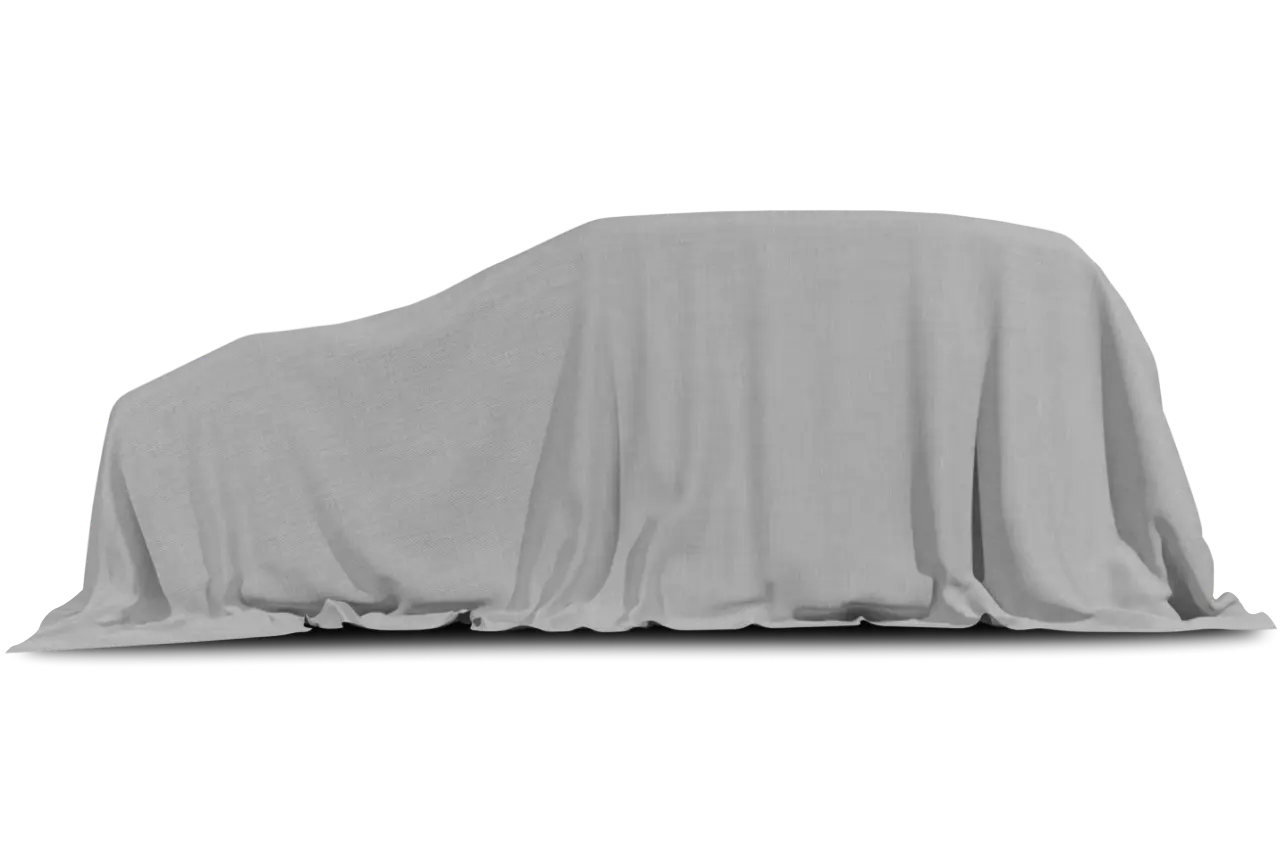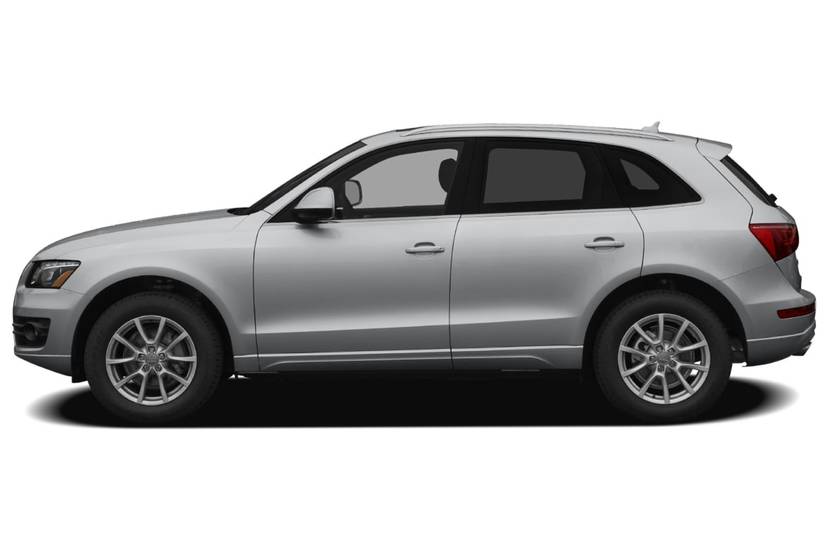
An interesting thing happened to me while reviewing cars over the past year. I’ve discovered I need far less car than I thought I did. Last year, I reviewed the 2008 Audi Q7 and decided that it was my fantasy mommy-mobile. You can imagine how excited I was to get into the clean-diesel version of the 2009 Q7; I counted down the days until the car arrived. While I still think it’s about the best three-row SUV on the planet, I’ve realized that a three-row SUV is more car than I really need.
My kids are getting older, and airbag sensors mean I can safely put my 9-year-old in the front seat when I absolutely have to, which leaves room for three kids in the second row. I rarely need that third row. During my test week in the Q7, which is a seven-seater, I didn’t even put the third row up until it was time to take pictures. I enjoyed the cargo space, instead.
Now don’t get me wrong. I still loved getting into the Q7 every morning, and I pointed out this good-looking SUV to everyone I met. I made the other moms around school come check it out, and I sang its clean-diesel praises. Thanks to new diesel technology and a special additive to the gas tank, the Q7’s TDI engine emissions are reduced by a staggering 90 percent, and the Q7 TDI gets an EPA-estimated 17/25 mpg city/highway, with standard all-wheel drive.
The Q7 TDI has great power with none of that diesel lag from days of yore. The 221-horsepower V-6 isn’t exactly quick off the line, but it has a steadier acceleration that speaks of strength. The engine noise is deeper and throatier than in the gas-powered Q7, but it’s not that obnoxious thumping I remember from old diesel cars. In fact, it’s only noticeable if you’re listening for it. The ride feels somehow truckier than I recall in last year’s gas model. I’m not sure if that’s faulty memory on my part or if the diesel model rides differently. Either way, the ride is somewhere between sedan and SUV, with some body roll in the turns but very little bounce over bumps.
I’m not the only one who loved the Q7. My kids swore it was the “comfiest car ever” and wanted to know if we could buy one. Sorry, kiddos, but $62,375 for my test car is out of our price range.
Exterior
The Q7 TDI is elegant and classy. It looks rich and expensive, which it should since it is. The lines are clean and smooth, with no sharp edges or weird bulges.
The front of the Q7 is dominated by the large black grille. A thin strip of chrome surrounds the grille and the chromed rings of Audi’s badge seem to float in the middle. The angled headlights and thin strip of fog lights below sit at the very outside corners, but don’t stick out. They flow with the angle of the hood and fender. Rain-sensing wipers sit below the sightline of the hood.
From the side, the Q7 doesn’t look like an SUV at all. Without something to compare it to for size, it might be mistaken for a wagon or crossover. Only the large doors give away its true size. The 20-inch rims on my test vehicle are just the right size, proportionally speaking, and the five-spoke alloy wheels are perfectly understated. Another thin strip of chrome wraps around the windows. The door handles and molding is body colored. While my test car had huge “TDI Clean Diesel” stickers on it, they won’t be on your Q7 TDI, if you choose to buy one.
I had no problems getting in and out of the Q7, and a flat step-in area made the climb a bit easier for little legs. But the Q7’s heavy doors can be a challenge.
In the rear, the shaped taillights interrupt what would otherwise be a fairly angular view. The large rear window gives good visibility that’s complemented by an optional backup camera with guidelines on the screen as well as a parking sensors.
SENSE AND STYLE
Family Friendly (Not Really, Fair, Great, Excellent): Excellent
Fun-Factor (None, Some, Good Times, Groove-On): Groove-On
Interior
The interior of the Q7 TDI is classic Audi. The black leather flows into the black-colored dash and controls. It seems minimalist, but it’s chock full of luxury. The leather is buttery soft; the seats are super-comfy and easy to adjust. The controls are all within reach.
Audi’s Multi Media Interface runs the climate control, navigation system and audio system through a knob controller. It’s not the easiest system I’ve ever used, but it’s definitely not the most complicated, either. The gauges are easy to read, and the steering-wheel-mounted controls make it even easier to keep your hands on the wheel. My test vehicle had the TDI S Line Package ($1,200), which, in addition to the larger wheels, gave me the sport steering wheel with perforated leather wrapping, contrast color stitching and paddle shifters that I never used.
Storage is adequate, but not abundant in the front seats. There’s one ready cupholder and another beneath an armrest. The center console bin is on the small side and sits above a compartment for electronics. This allows you to plug in an MP3 player and keep it and its cords out of sight. I liked that part of the setup, but I would have preferred accessible storage even more. There are bins under the seats and the door pockets are good-sized, but I had nowhere to stash my pack of wipes. Trust me; you want me to bring those wipes along. They came in handy when my kid knocked my coffee out of the cupholder.
The backseat was a big hit with my backseat test drivers. They loved the comfy seats and the height-adjustable seatbelts that allowed my 6.5-year-old to ride without his booster seat. Oh, the freedom! A four-zone climate control system let everyone choose their own definition of room temperature. But my guys’ favorite feature was the massive panoramic roof with the power sunshade that they could control from the backseat. There are cupholders in the second row’s armrest and bottleholders in the doors.
IT’S THE LITTLE THINGS THAT COUNT
Storage Compartments (Puny, Fair, Ample, Galore): Ample
Cargo/Trunk Space (Puny, Fair, Ample, Galore): Galore
Safety
There’s a reason the Audi Q7 TDI gets such good safety ratings. Well, actually, there are many reasons, including the antilock braking system with brake assist, electronic stability control and traction control. Daytime running lights keep the Q7 visible to oncoming traffic, and Audi Side Assist uses radar to monitor your blind spots and warn you of cars hiding there.
Then there are the airbags. The Q7 TDI has front- and side-impact airbags for the front row, with a front passenger airbag occupancy sensor that only deploys the airbag if a passenger is in the seat and is large enough to benefit from the airbag. There also are side curtain airbags in all three rows. For the second row, optional side-impact airbags cost $350.
The Q7 has Audi’s fabulous Latches that are in plain sight, with no searching or digging required. There are four sets of Latch connectors, with two sets each in the second and third rows. Four child-safety seats can be easily installed, without a curse or a grumble. Yay!
The second-row seats slide fore and aft, so the front passenger won’t have to sit with his knees up his nose when a rear-facing infant-safety seat is installed in the second row. The third row is less friendly to car seats; its Latch connectors are slightly buried and the legroom is limited, but the sliding second row helps with that, too.
FAMILY LIFESTAGE
In Diapers: Uber-easy Latch connectors make for no-hassle child-safety-seat installation.
In School: Easy-to-buckle seat belts should keep the second and third rows free from whining. At least for awhile.
Teens: The safety features should ease parents worries when a teen driver gets behind the wheel.






























